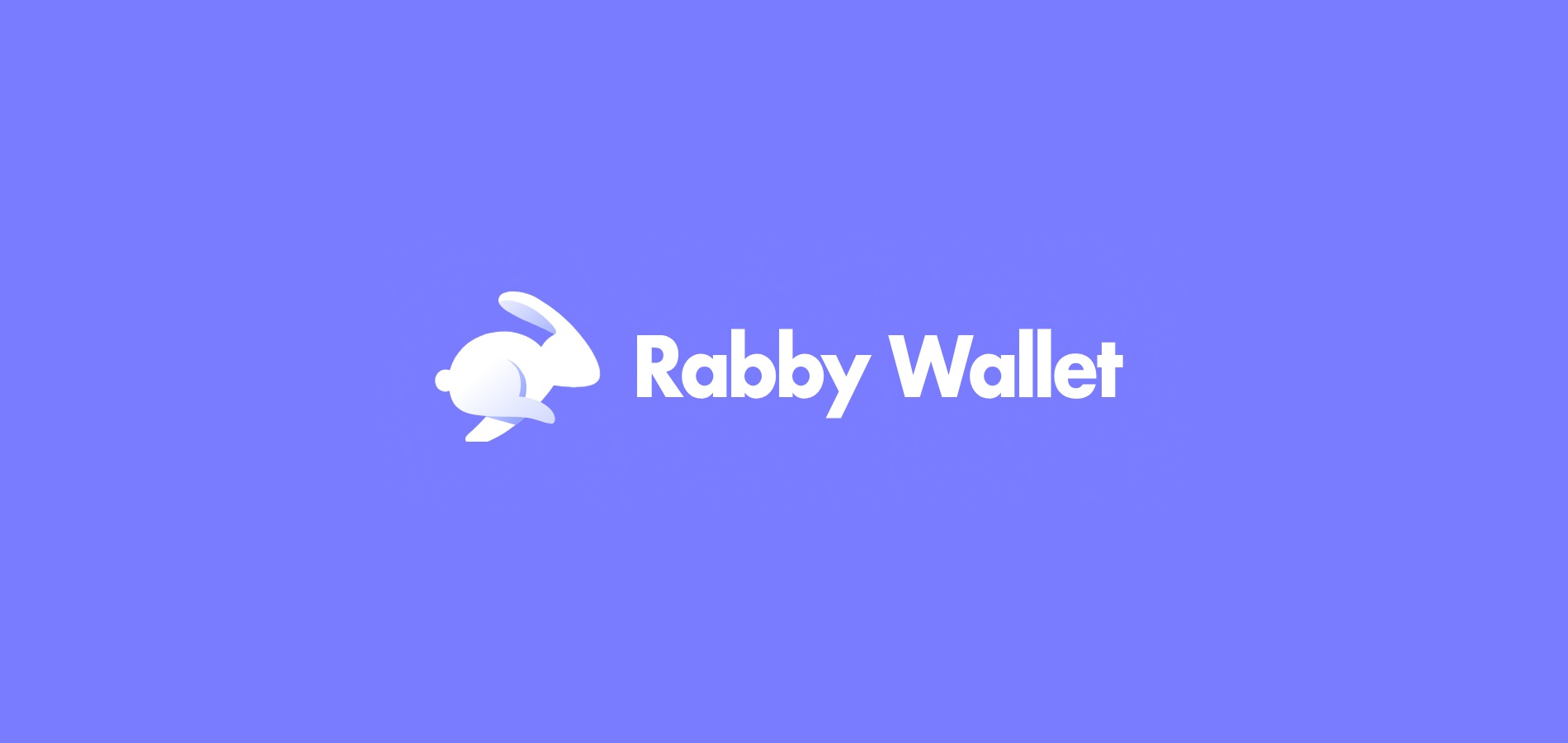Why MEV Protection, Portfolio Tracking, and Yield Farming Are Game-Changers for DeFi Users
So I was digging into the DeFi space the other day, and wow—there’s this whole layer of complexity that most folks barely scratch the surface of. Seriously, MEV (Miner Extractable Value) protection isn’t just some jargon you toss around at crypto conferences. It’s a big deal for anyone juggling multiple chains or farming yields. My instinct said, “Something felt off about ignoring this,” especially when you consider how much value can slip through your fingers without the right tools.
Here’s the thing. When you’re deep into yield farming, your portfolio’s spread across various chains and protocols. Keeping tabs on everything manually? Nightmare. It’s like trying to watch every game in a sports league simultaneously—impossible without the right scoreboard. Initially, I thought just tracking token prices was enough, but then I realized that without MEV protection, you might as well be playing in a rigged casino.
MEV, for those who might not be totally familiar, is the profit miners or validators can extract by reordering, including, or censoring transactions within blocks. This sneaky mechanism can drain your earnings, especially if you’re active in yield farming or DeFi arbitrage. On one hand, it sounds like some obscure miner tactic, though actually, it’s very real and impacts your bottom line. I remember this one time when I lost a chunk of my staking rewards because of front-running bots—ugh, that part bugs me.
Now, you might wonder: how do you even start protecting yourself? Well, that’s where tools like rabby come into play. This extension isn’t your average wallet; it’s designed with multi-chain users in mind and offers built-in MEV protection. I’ll be honest—I was skeptical at first. Thought it was just another wallet with flashy marketing. But after testing it during some intense farming sessions, my outlook changed completely.
Really? Yep. Rabby helps you monitor your portfolio across different blockchains while shielding your transactions from MEV attacks. It’s like having a personal bodyguard for your crypto assets that also keeps your stats in check. And here’s a kicker: the wallet has a neat portfolio tracker that aggregates data seamlessly, so you’re not bouncing between apps or browser tabs.

Why Multi-Chain Portfolio Tracking Matters More Than Ever
Okay, so check this out—DeFi isn’t just Ethereum anymore. You’re juggling Binance Smart Chain, Polygon, Avalanche, and a dozen others. Each chain has its own quirks, fees, and yield opportunities. Keeping everything in one place? That’s a huge time saver and reduces errors. I used to hop between different wallets and interfaces, and honestly, it was a mess.
On the flip side, relying on a single-chain solution feels… limiting, especially with how fast DeFi ecosystems evolve. Rabby’s multi-chain support means I get a consolidated view, which helps me spot yield farming chances I might’ve missed. Something as simple as seeing my real-time gains versus losses across chains is very very important when deciding where to move my assets next.
I can’t stress enough how having this granular insight changes your strategy. For example, if a protocol on Polygon suddenly offers a better APY but fees spike, I can weigh the trade-offs instantly. This kind of agility is critical, especially when markets move fast, and opportunities vanish in minutes.
Yield Farming: The Double-Edged Sword
Yield farming can be a goldmine, but it’s also a minefield. You gotta watch out for impermanent loss, sudden protocol risks, and yes—MEV exploitation. When I first started, I chased yields blindly, only to realize some “great” farms were hemorrhaging value due to hidden fees and front-running bots.
What’s tricky is that yield farming isn’t just about chasing the highest APY. It’s about smart allocation and protecting your stack from subtle losses. I remember thinking, “Why am I getting fewer tokens than expected?” The answer often lay in the transaction ordering and MEV strategies at play.
That’s why having a wallet extension like rabby that actively protects your transactions and tracks your portfolio is a game-changer. It’s not just a passive tool—it actively helps you dodge costly MEV attacks while giving you real-time data to make smarter farming decisions.
Honestly, the more I use it, the more I appreciate the peace of mind it offers. And yeah, I’m biased because I’ve been burned before by ignoring these details. But if you’re serious about DeFi, you can’t afford to overlook MEV protection and multi-chain portfolio tracking.
The Road Ahead: What’s Next for DeFi Users?
It’s clear to me that the DeFi landscape is only getting more complex. Cross-chain interactions, new yield strategies, and evolving MEV tactics will keep challenging users. But with smarter tools like rabby, the playing field is leveling somewhat.
Still, I’m not 100% sure how these tools will scale as the ecosystem grows. There’s always that nagging feeling that some sneaky exploit or protocol vulnerability could upend everything. (Oh, and by the way, I’m watching how they handle Layer 2 integrations—could be a big deal.)
But for now, if you’re farming yields and managing assets across chains, prioritizing MEV protection and portfolio visibility is worth the effort. It’s like upgrading from a flip phone to a smartphone—you just can’t go back once you’ve tried it.
So yeah, if you haven’t checked out rabby yet, maybe give it a shot. It’s not perfect, but it’s one of the few wallets that really gets the multi-chain, MEV-protected DeFi user experience right. And that’s something that’s gonna matter more and more in the coming months.

Leave a Reply